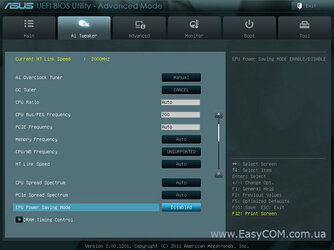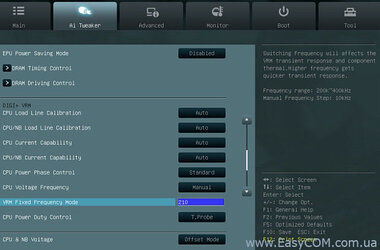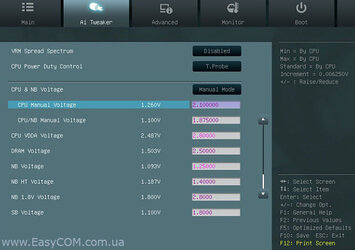- Joined
- Mar 12, 2002
100 points is pretty much inside the margin for error. You should be running your HT link at 2600 anyways since thats what the CPU is designed for. HT link speed effects how much bandwidth you have to your PCI-E slots (and every thing else) while the CPU-NB has to do with memory access. Ive not have the greatest results from overclocking the CPU-NB on these chips(stability issues) but it certianly can make a difference in a benchmark when your looking for every last point.


